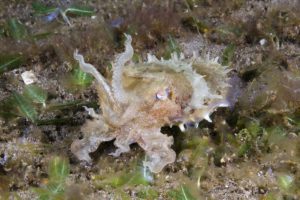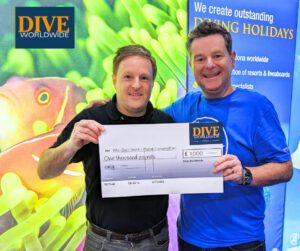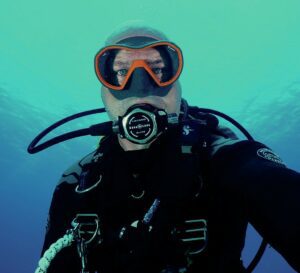To understand more about intriguing manta rays, the ANGARI Foundation partnered with a team of research groups to create the first-ever accurate, 3D manta ray model off the coast of Florida’s southeast coast.
It is the only model in the world that represents the greater manta ray population at large and aims to fill knowledge gaps in manta ray morphology, and swimming and feeding motions and behaviours. It also promotes manta ray conservation and awareness.
South Florida is an important habitat for manta rays. Through their research over the past several years, The Florida Manta Project observed an urban manta ray population off the coast of Palm Beach that is largely composed of juveniles. The study shed light on manta rays suffering injuries from boat propellers and getting entangled in fishing lines, highlighting the need for increased public education and the mitigation of threats.

The Digital Life Project at the University of Massachusetts and the Marine Megafauna Foundation collaborated with ANGARI on this project that has resulted in a widely shared, one-of-a-kind scientific and educational tool. The 3D model can also be used to study energetics of movement and manta ray body condition and health, which will help preserve these remarkable animals.
Photo credit: Bryant Turffs / Florida Manta Project








